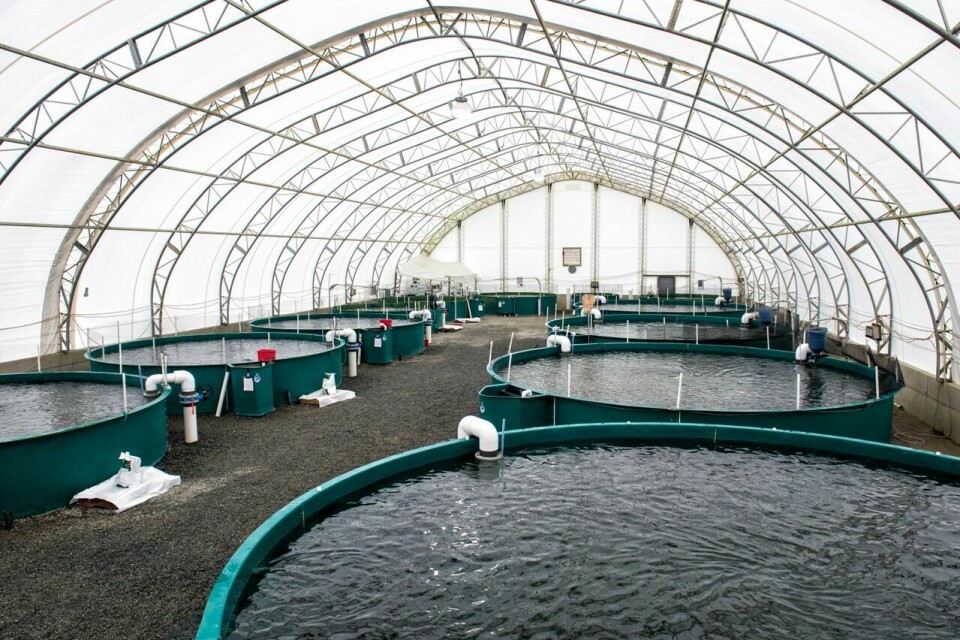
Solar panels help grow fish in British Columbia
The Government of Canada has committed $1.1 million in funding to help some fish growers go green, so one business is harnessing the power of the sun.
Taste of BC Aquafarms operates Little Cedar Falls Steelhead Salmon farm, located on Nanaimo on the south east coast of Vancouver Island has received $43,000 from the government to “go green.”
The land-based farm is in the process of installing 24 solar panels that will warm water which will heat the recirculating aquaculture system (RAS) farm. The panels are currently being installed and will be operational by February. The green technology will replace the current heat pumps and oil burners at the facility.
"This reduced our carbon footprint by about 17 tonnes a year. It’s a not huge but it’s incremental. It's part of what we are doing. Our farm is a model-based salmon farm and we are one of the few in the world and we are trying to do anything we can to make our operation without environmental impact. Every little bit we do helps," said Steve Atkinson, president and owner of Little Cedar Falls Steelhead Salmon.
Capital cost
"The capital cost is not something that we would take up without it being a government program. The economics are still very difficult for some of these green technologies so with the government picking up the capital cost the impact is immediate, and it's a program that is not about dollars and cents, it's a program about carbon footprint.
"We are demonstrating sustainable aquaculture. My goal is to produce salmon on land almost with no negative environmental impacts," said Atkinson.
The operation harvests 100 tonnes of steelhead salmon per year with help from students from Vancouver Island University who do the practical section of their study at the salmon farm. The RAS gives students the opportunity to learn about land-based farming. Students experience the full life cycle of the fish that take one year to raise and are harvested at 2 kilograms.
"We are a small commercial model and we really fill the gap between lab research and large commercial multi-national farms,” said Atkinson. “We are also trying to keep it at a family farm level of aquaculture and we have a great potential in BC. I think we can build these farms all over the place.
Manure into electricity
"One of the things we have in mind is turning our manure into electricity. I'm hoping we will be doing that in the next year. That will put us in a position that we have zero discharge on our farm. That's pretty significant."
The Fisheries and Aquaculture Clean Technology Adoption Program: It is a national contribution program. It’s investing $20 million over four years (2017 to 2021) to assist Canada’s fisheries and aquaculture industries in improving their environmental performance.
The program offers funding to assist eligible participants in applying market-ready clean technologies, processes and sustainable practices to their day-to-day operations.
The program provides funding for up to 75% of eligible project costs. All project proposals submitted for consideration must also include a cash financial commitment by the applicant and at least 10% confirmed provincial and territorial government funding that’s cash or in-kind.






















































